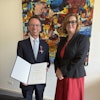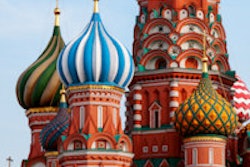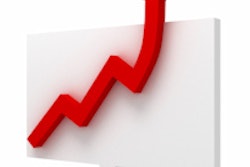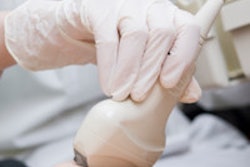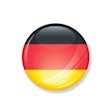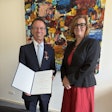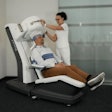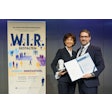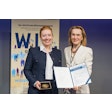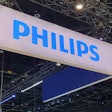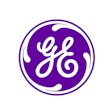The world radiopharmaceutical market will grow at a significant pace to reach $8.2 billion U.S. (7.41 billion euros) by 2022, according to a new report from Allied Market Research.
Growth will be triggered by increasing demand for noninvasive techniques, availability of effective cancer treatment, and the ability to observe the functioning of organs from outside the body, according to the company. Other factors contributing to growth include the increasing incidence of cancer and cardiovascular ailments, higher demand for alpha radioimmunotherapy-based targeted cancer treatment, and advances in radiotracers, Allied Market Research said. On the downside, issues such as supply volatility and logistical challenges, stringent regulatory oversight, and competition from conventional diagnostic procedures are expected to impede growth.
The SPECT segment dominated the radiopharmaceutical market in 2015 and is expected to retain this position during the forecast period. However, the PET segment is also projected to grow at a comparatively higher compound annual growth rate (CAGR) of 8.3% from 2016 to 2022, Allied Market Research said. Growth in PET radiopharmaceuticals is being propelled by better image quality and higher diagnostic precision, as well as R&D activities and a widening scope of applications such as thyroid imaging, oncology, and bone pain palliation, according to the firm.
In other projections, Allied Market Research said the thyroid application segment will produce an 11% CAGR from 2016 to 2022. The oncology application segment is expected to lead the world radiopharmaceutical market, claiming a 60% market share by 2022. On a regional basis, the Asia-Pacific market is expected to grow the fastest, notching an 8.4% CAGR over the forecast period, according to the company.



